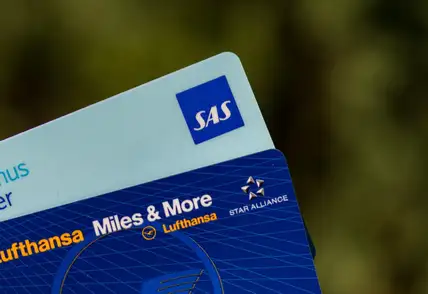Wide-body aircraft
A wide-body aircraft (or twin-aisle aircraft) is a large airplane with two aisles designed for long-haul international flights. Its larger size allows for increased cargo and passenger capacity, carrying from 200 to 850 passengers.
An example is the Boeing 777, the world’s largest twin-engine jet, often used for transatlantic flights between Europe and the US.
Wide-body aircraft are equipped with more efficient, larger engines designed for long-distance flying, maximizing fuel economy. Their size allows airlines to offer multiple cabin classes (economy, business, and first) along with enhanced amenities, contributing to passenger comfort over long distances.
In contrast, narrow-body aircraft have a single aisle, typically seat 100-240 passengers, and are more efficient for shorter distances.




